
Roots
For those who carry the coiled wisdom of their ancestors upon their crowns, the simple act of applying oil to the hair is far more than a routine task; it is a communion. It is a whisper across generations, a practice woven into the very fabric of Black and mixed-race identity, a legacy cherished and carried forward. When we consider the profound heritage of traditional hair oiling, particularly for textured strands, we are not just looking at a historical practice; we are examining an intuitive science, passed down through countless hands, affirmed by the elemental truths of biology. This deep connection to our hair’s nature, acknowledged centuries before microscopes peered into the cuticle, holds within it a profound understanding of what our coils genuinely need to flourish.
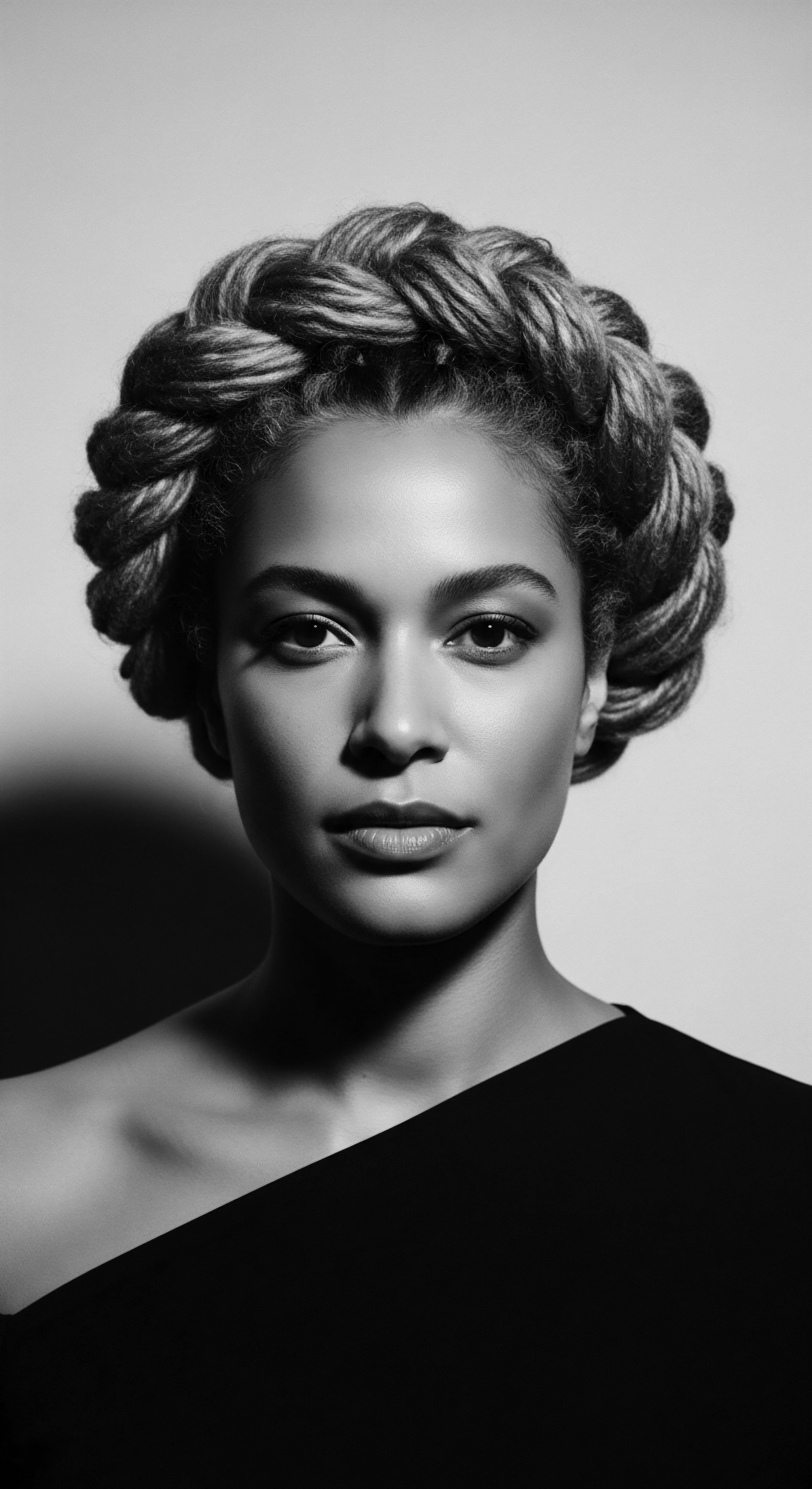
The Architecture of Textured Hair
The unique helical twists and turns of textured hair strands are a marvel of natural engineering, distinguishing them significantly from straighter hair types. Scientifically, this distinctive architecture, characterized by its elliptical cross-section and the uneven distribution of keratin across the cortex, presents specific considerations for moisture retention and structural integrity. Each bend, each coil, represents a point of potential vulnerability where the cuticle, the hair’s protective outer layer, may lift slightly. This natural tendency allows moisture to escape more readily and external stressors to penetrate, leading to a predisposition for dryness and breakage.
Ancestral communities, long observing these inherent characteristics, recognized the imperative of external fortification. They intuitively understood that a well-nourished strand, supple and resilient, could better withstand the rigors of daily life and the demands of intricate styling.
The very concept of hair porosity, a term now commonplace in hair care dialogues, finds its ancestral mirror in the daily efforts to seal and protect the hair. Highly porous textured hair, with its raised cuticles, greedily absorbs moisture but just as swiftly releases it. Low porosity hair, on the opposite end, resists moisture initial absorption but retains it once saturated. Traditional oiling practices, often involving warmed oils or those massaged into damp hair, ingeniously addressed these varying needs.
The warmth would gently encourage the cuticle to lift, allowing the oil to penetrate, while the oil itself would then act as a protective sheath, sealing in vital hydration. This sophisticated understanding of the hair’s responsiveness, without the benefit of modern scientific instruments, stands as a testament to the acute observational skills and inherited wisdom of past generations.
The legacy of traditional hair oiling for textured strands stands as a testament to ancestral understanding of hair’s inherent needs.

Why Textured Hair Welcomed Oils
Beyond the structural considerations, the intrinsic nature of textured hair often means that the natural sebum produced by the scalp struggles to travel down the winding path of each strand. In straighter hair, sebum glides effortlessly, providing a continuous coating that offers both lubrication and protection. For coiled hair, however, this natural oil often pools at the scalp, leaving the lengths and ends relatively unprotected and dry.
This fundamental physiological difference historically mandated an external source of lubrication and nourishment. The oils traditionally sourced from local plants, nuts, and seeds became indispensable allies in balancing this natural deficit.
These traditional practices addressed more than just dryness; they supported the hair’s inherent elasticity. Hair, when properly hydrated and lubricated, possesses a natural spring and stretch. Dry, brittle hair, lacking this suppleness, becomes prone to snapping with minimal manipulation. The fatty acids and other compounds present in traditional hair oils coated the hair shaft, reducing friction between strands and external elements.
This protective film allowed hair to bend and flex more freely, significantly reducing mechanical damage during daily activities, styling, and even sleep. The preservation of length, strength, and vibrancy was a direct outcome of this profound and consistent care.

Ancient Echoes of Oiling Practices
The heritage of hair oiling stretches back millennia, with evidence rooted deeply in diverse African civilizations. The women and men of ancient Kemet, for instance, frequently employed various plant-derived oils, often infused with aromatic resins and herbs, not only for their cosmetic benefits but also for their perceived medicinal properties. These balms and salves were central to daily grooming rituals, protecting hair from the harsh desert sun and maintaining scalp health. Depictions on ancient tombs and artifacts show intricately styled hair, often appearing lustrous, suggesting consistent use of emollients.
Across the continent, in regions like West Africa, the practice of using oils derived from shea nuts (Vitellaria paradoxa) or palm kernels (Elaeis guineensis) was, and remains, a cornerstone of hair care. These traditions were not merely about aesthetics; they were deeply intertwined with health, social status, and spiritual belief. The preparation of these oils often involved communal effort, a ritual in itself, strengthening communal bonds while creating the very substances that would nurture their hair.
Each application was a continuation of this collective wisdom, a tangible link to the practices of their forebears. The scientific principles affirming these practices are many, often hidden within the molecular structures of the very oils chosen for their efficacy.

Ritual
The rhythm of ancestral care, particularly the thoughtful application of oils, transformed a simple act into a profound ritual. It moved beyond the elemental recognition of hair’s needs, elevating the practice to one of mindful attention, communal connection, and a silent conversation with the strand’s inherent spirit. This was not about quick fixes; it was a sustained, often generational, commitment to hair’s wellbeing, understood through the intuitive lens of heritage.
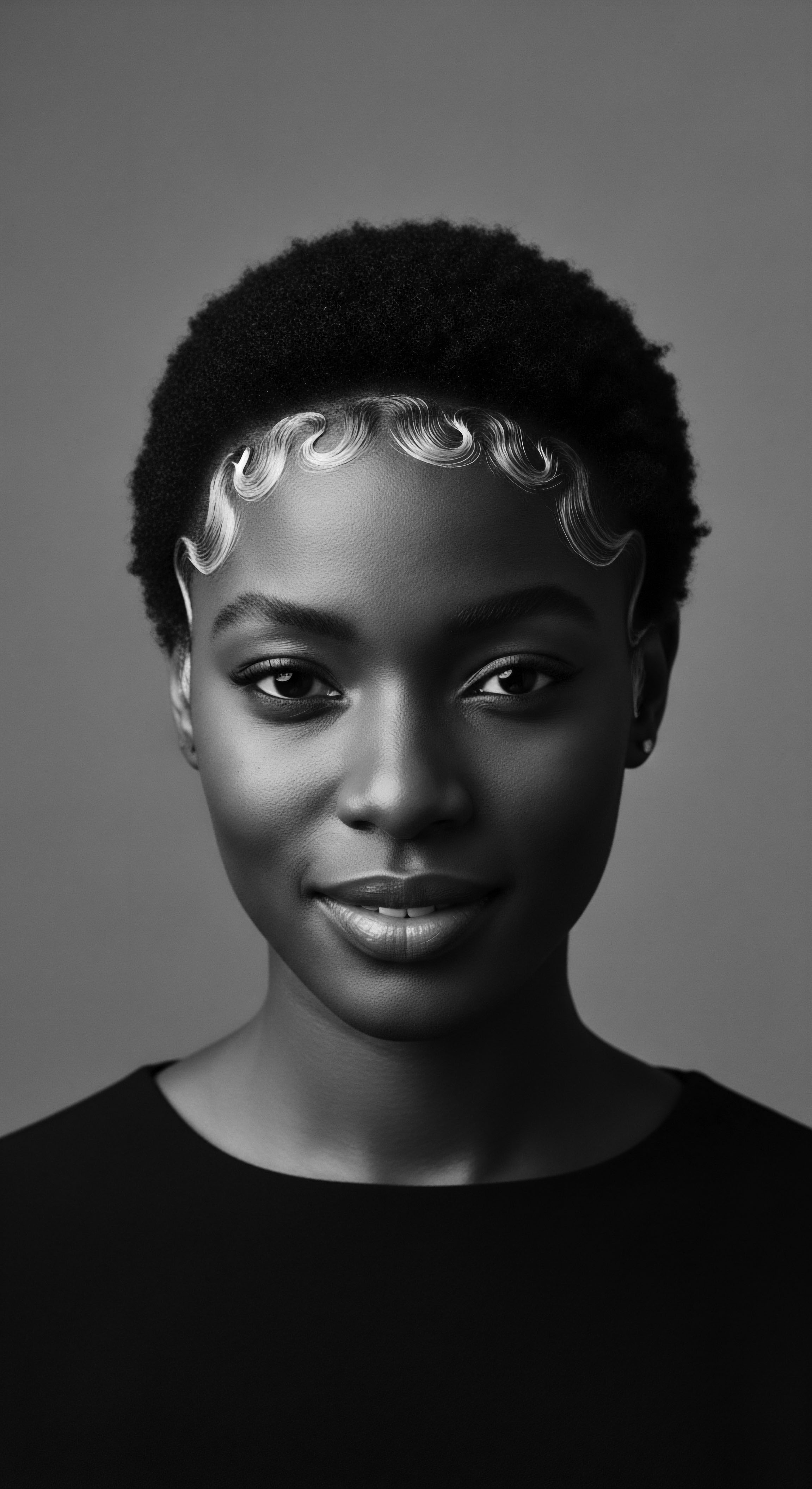
The Intentionality of Application
The manner in which oils were applied traditionally speaks volumes about the wisdom embedded in these customs. It was rarely a rushed affair. Often, oils were warmed gently, either through direct sunlight, over low heat, or simply by the warmth of the hands. This gentle warming not only made the oil more pliable but also, as modern science now affirms, could slightly reduce its viscosity, allowing it to spread more easily and perhaps even aiding in its superficial penetration of the hair shaft.
The deliberate massage of oils into the scalp was also paramount, recognizing the scalp as the very root system of the hair. This massaging action would stimulate blood circulation, delivering vital nutrients to the hair follicles and encouraging a healthy growth environment.
Furthermore, the traditional understanding of when to oil was keenly observed. Hair was often oiled after washing or dampening, when the hair cuticle, swollen with water, was more receptive to absorbing beneficial compounds. The oil then acted as a sealant, trapping the hydration within the strand.
This method, often referred to today as the “LOC” (liquid, oil, cream) or “LCO” method, is a direct inheritance from these ancestral practices, showcasing a scientific understanding of moisture retention long before these acronyms existed. The synergy between water and oil, intuitively grasped, provided a complete moisture and protection system.
The deliberate actions within traditional oiling, from warming to scalp massage, reveal an intuitive understanding of hair biology.

An Inquiry into Ingredient Lineage
The selection of oils by traditional communities was rarely arbitrary. They were chosen for their perceived properties, often gleaned through generations of observation and experiential knowledge. Modern scientific inquiry often validates these ancestral selections, revealing the intricate molecular structures that lend these oils their efficacy.
- Shea Butter (Vitellaria paradoxa) ❉ Rich in fatty acids like oleic and stearic acids, shea butter acts as a powerful emollient and occlusive agent. Its high concentration of unsaponifiable matter, including vitamins A and E, offers antioxidant properties, protecting the hair and scalp from environmental stressors. Traditionally used across West and East Africa, it was revered for its deep moisturizing capabilities, particularly for very coily hair.
- Coconut Oil (Cocos nucifera) ❉ Unique among oils, coconut oil, with its high lauric acid content, has a molecular structure small enough to potentially penetrate the hair shaft, reducing protein loss (Rele & Mohile, 2003). This scientific affirmation explains its long-standing popularity in coastal African and Asian communities for strengthening hair and preventing hygral fatigue.
- Castor Oil (Ricinus communis) ❉ Known for its viscosity and ricinoleic acid content, castor oil forms a protective coating on the hair and scalp. In many African and Caribbean traditions, particularly within the diaspora, it was believed to stimulate hair growth and thicken strands, due to its ability to support a healthy scalp environment.
- Argan Oil (Argania spinosa) ❉ While gaining global popularity more recently, Argan oil has been a staple in Moroccan Berber traditions for centuries. It is abundant in vitamin E and fatty acids (oleic and linoleic), providing deep conditioning and antioxidant support, helping to smooth the cuticle and impart luster.
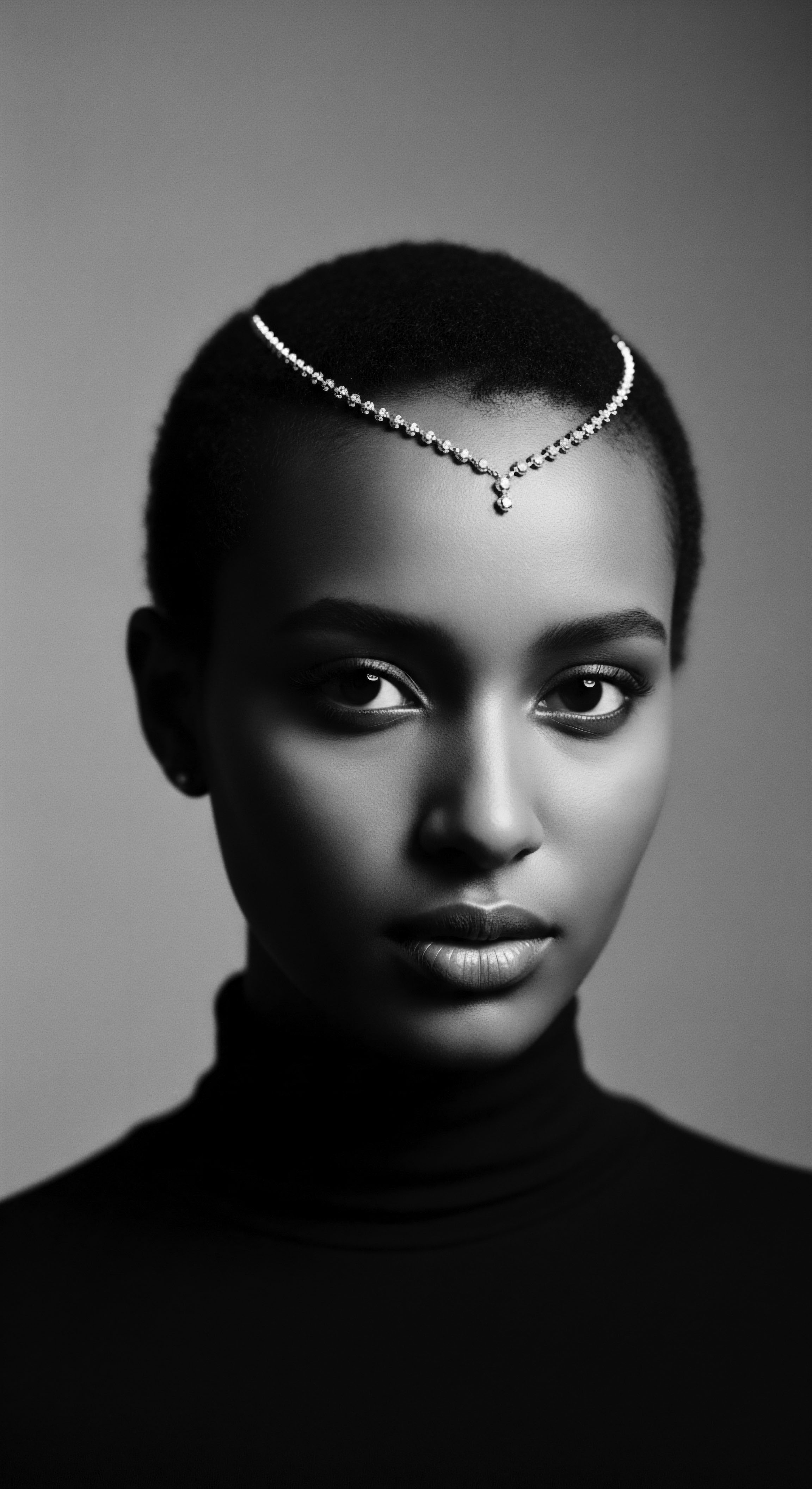
The Collective Thread of Care
Hair oiling, in many ancestral contexts, extended beyond personal care; it was a shared experience, a communal bond. Mothers oiled daughters’ hair, elders taught younger generations, and friends often assisted one another. These moments were opportunities for storytelling, for sharing wisdom, and for reinforcing communal ties. The act of caring for hair collectively underscored its significance as a cultural marker and a vessel for identity.
The knowledge of which oils to use, how to prepare them, and when to apply them was not merely information; it was a living tradition, passed down through the gentle touch of hands, the soft hum of conversation, and the shared space of beautification. This collective aspect meant that the scientific principles affirming hair oiling were not theoretical constructs, but rather living principles, observed and refined within the crucible of community practice, ensuring their efficacy and perpetuation through time.
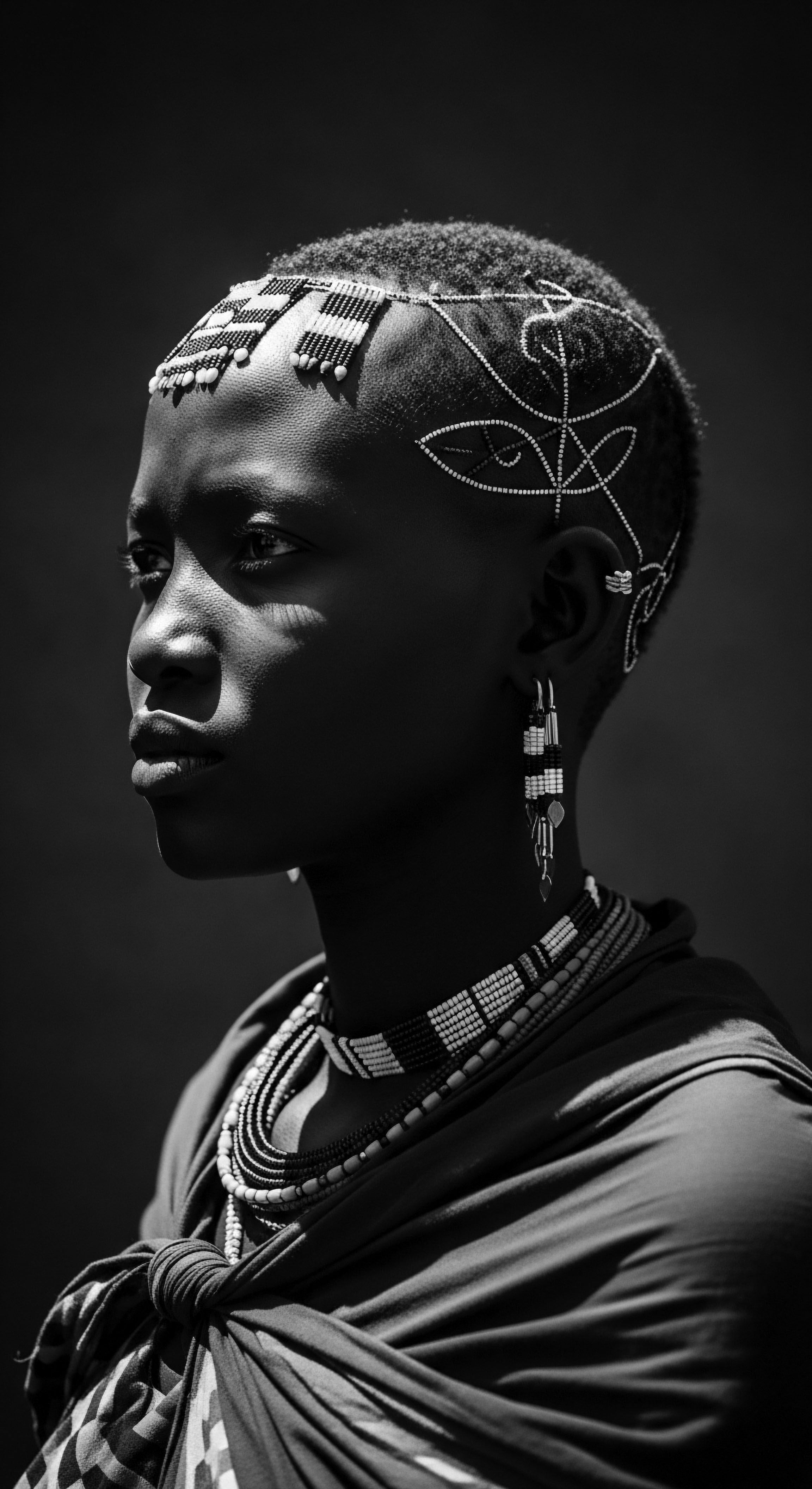
Relay
The journey of understanding traditional hair oiling moves beyond the intuitive act, now stepping into a dialogue where ancestral wisdom meets the scrutiny of contemporary scientific inquiry. It is in this exchange that the profound efficacy of inherited practices truly shines, not as quaint historical footnotes, but as robust, scientifically supported methodologies for textured hair care. This convergence demonstrates how centuries of observation laid groundwork for what laboratories now confirm, solidifying the heritage of hair care as both art and applied science.
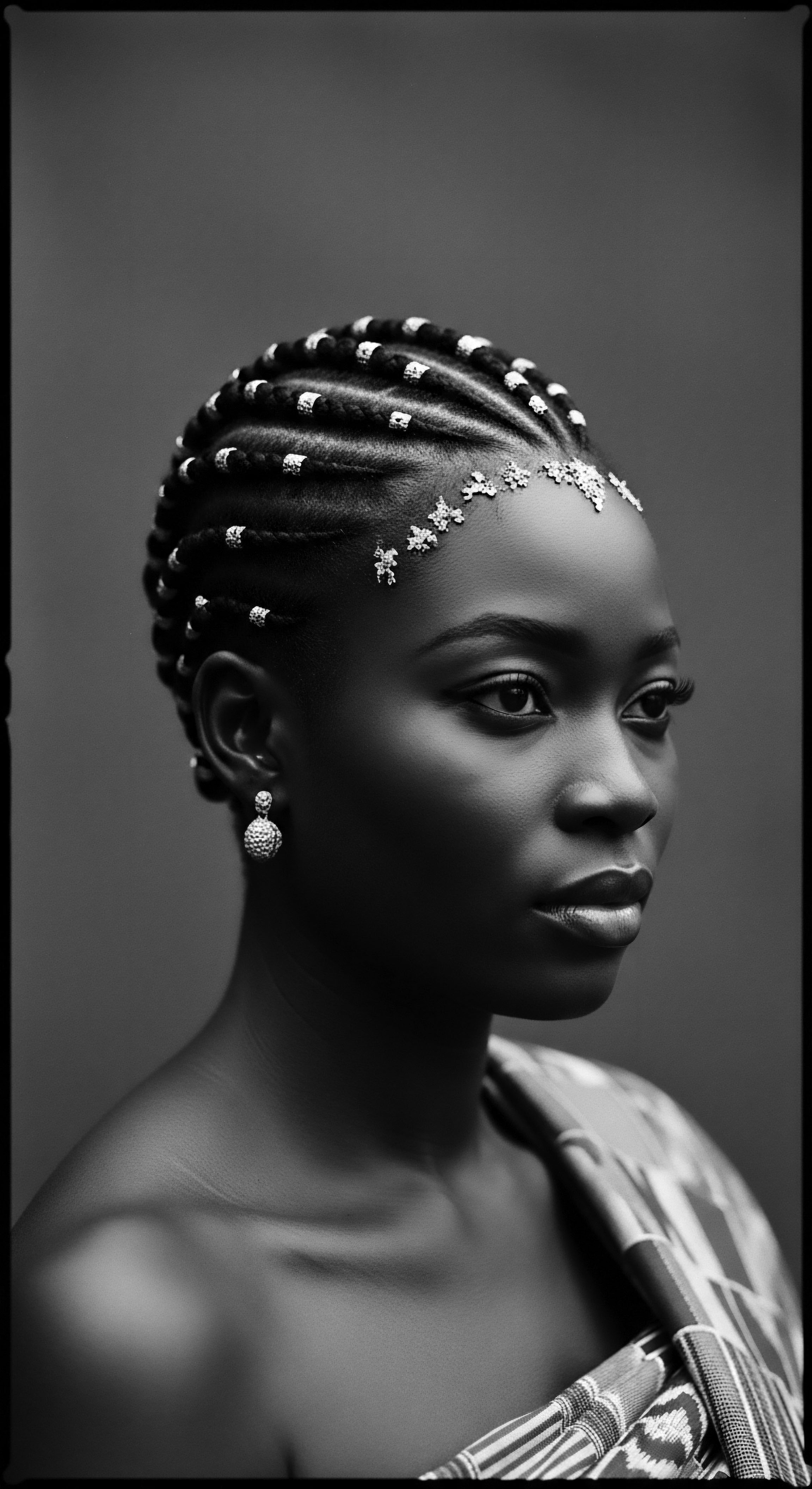
How does Modern Science Validate Ancestral Wisdom?
Modern trichology and cosmetic science offer compelling affirmations of what traditional communities understood implicitly about the benefits of hair oiling. Research into the molecular structure of various plant oils reveals why certain ones are particularly beneficial for textured hair. For instance, the unique composition of coconut oil, abundant in lauric acid, allows it to penetrate the hair shaft more effectively than many other oils. This deep penetration helps to prevent hygral fatigue, a phenomenon where hair swells and contracts with repeated wetting and drying, leading to cuticle damage and breakage.
This protective action of coconut oil against protein loss has been scientifically documented (Rele & Mohile, 2003), providing a scientific underpinning for its widespread and ancient use in hair care rituals across various cultures. This evidence directly supports the ancestral understanding that certain oils offer more than just surface conditioning; they provide internal fortification.
Beyond individual oil properties, the concept of sealing, so vital in traditional oiling practices, aligns perfectly with scientific understanding of lipid layers and their role in barrier function. Oils rich in fatty acids create a hydrophobic film around the hair shaft, reducing water loss from the hair’s cortex, thereby maintaining optimal hydration levels. This occlusive layer also acts as a physical shield, minimizing friction and protecting the delicate cuticle from environmental aggressors such as UV radiation and pollution. The traditional application of oils thus serves as a rudimentary, yet highly effective, form of environmental protection and moisture management.

The Scalp’s Ecosystem and Oiling
The scalp is a dynamic ecosystem, home to a complex microbiome of bacteria, fungi, and other microorganisms. A healthy scalp environment is a fundamental prerequisite for healthy hair growth, and traditional oiling practices often centered on massaging oils into the scalp. Modern dermatology and microbiology increasingly recognize the delicate balance of this ecosystem. Certain traditional oils possess antimicrobial or anti-inflammatory properties that can help to maintain a balanced scalp environment, reducing issues like dandruff, itchiness, or excessive oiliness.
For example, tea tree oil, though not universally traditional in all African contexts but widely used now, offers known antimicrobial benefits. Even common oils like coconut oil have mild antimicrobial properties that could contribute to a healthier scalp.
The physical act of massaging the scalp with oils also promotes blood flow to the hair follicles. This increased circulation ensures a steady supply of oxygen and nutrients, which are essential for robust hair growth cycles. The gentle exfoliation provided by the massage helps to remove dead skin cells and product buildup, preventing follicle clogging and creating a cleaner environment for new hair to emerge. These interconnected benefits of oiling, from molecular protection to ecosystem balance, demonstrate a holistic approach to hair care that transcends mere cosmetic enhancement.
| Traditional Practice Applying warmed oils to hair and scalp. |
| Scientific Principle Affirmed Increased oil fluidity and gentle cuticle opening. Improved blood circulation to follicles. |
| Benefits for Textured Hair Heritage Enhanced penetration of beneficial compounds. Stimulated hair growth and healthier scalp. |
| Traditional Practice Using oils after wetting hair (damp hair). |
| Scientific Principle Affirmed Oil acts as an occlusive, sealing in moisture from water. |
| Benefits for Textured Hair Heritage Maintains hydration, reduces dryness, lessens hygral fatigue. |
| Traditional Practice Massaging specific plant oils into the scalp. |
| Scientific Principle Affirmed Antimicrobial/anti-inflammatory properties of certain oils. Physical stimulation of blood flow. |
| Benefits for Textured Hair Heritage Balanced scalp microbiome, reduced irritation. Optimized nutrient delivery for hair growth. |
| Traditional Practice Utilizing oils like shea butter or coconut oil. |
| Scientific Principle Affirmed Molecular structure (e.g. lauric acid in coconut oil) allows hair shaft penetration. High fatty acid content provides emollient/occlusive properties. |
| Benefits for Textured Hair Heritage Reduced protein loss. Superior moisture retention, frizz control, and strand protection. |
| Traditional Practice These insights affirm the scientific validity of inherited hair care practices within textured hair communities. |
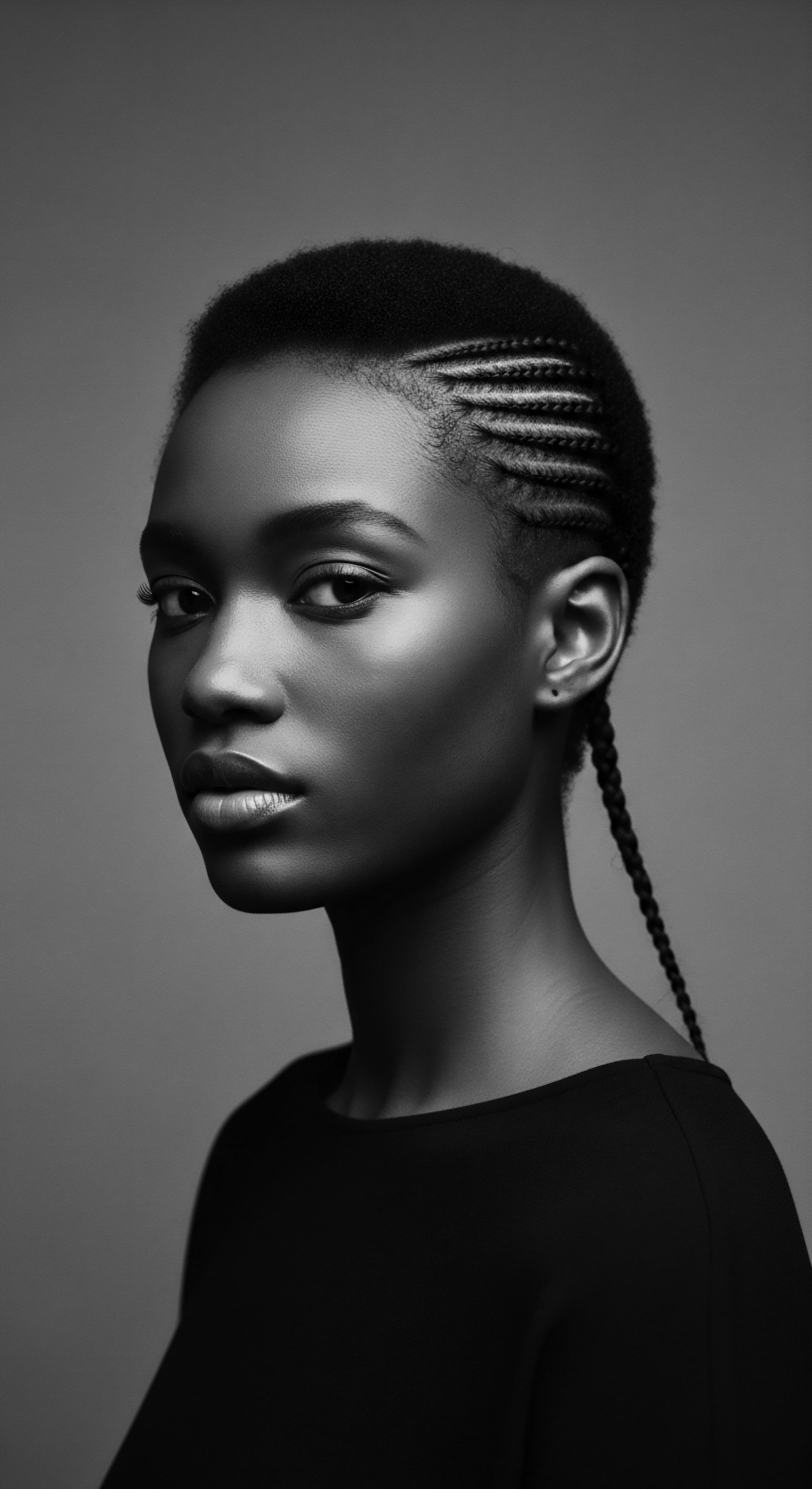
Hair Oiling as a Symbol of Identity and Resilience
Beyond the physiological benefits, the heritage of hair oiling carries profound sociocultural weight, particularly within Black and mixed-race communities. For centuries, hair served as a powerful visual marker of identity, status, and tribal affiliation across African societies. With the brutal ruptures of enslavement and colonialism, these cultural expressions, including hair care practices, were often suppressed or devalued.
Yet, the practice of hair oiling persisted, often in secret, becoming an act of quiet defiance, a way to maintain a connection to a lost homeland and a sense of self amidst erasure. This persistence underscores the inherent resilience of these traditions.
In the diaspora, particularly during periods of intense racial discrimination and the imposition of Eurocentric beauty standards, caring for textured hair in its natural state, often facilitated by traditional oiling, became a statement of self-acceptance and cultural affirmation. The Black Power movement, for instance, witnessed a resurgence of natural hair, and with it, a renewed appreciation for ancestral hair care practices. The scientific principles that make hair oiling effective for textured hair thus become inextricably linked to a history of resistance and reclamation.
The very act of oiling one’s hair connects an individual to a lineage of care, resilience, and beauty that has defied historical attempts to diminish it. This continuous thread of practice serves as a living archive of heritage, providing both physical and spiritual nourishment to each strand.

Reflection
The coils and crowns of textured hair hold within them not only genetic codes but also a living history, a vibrant library of ancestral practices and profound wisdom. The deep currents of traditional hair oiling, affirmed by centuries of lived experience and increasingly by the precision of scientific understanding, represent more than just external application. They represent a dialogue between strand and source, between past and present, between inherited knowledge and evolving comprehension.
Each drop of oil, each gentle stroke, continues a legacy of profound care, a testament to the ingenuity of those who came before us. This continuous flow of wisdom ensures that the soul of a strand remains nourished, its heritage celebrated, and its future unwritten, yet rooted in the enduring strength of its past.

References
- Rele, V. R. & Mohile, R. B. (2003). Effect of mineral oil, sunflower oil, and coconut oil on prevention of hair damage. Journal of Cosmetic Science, 54(2), 175-192.
- Gborro, K. A. (2009). The African Hair Revolution ❉ Beauty, Culture, and Identity. Indiana University Press.
- Khumalo, N. P. & Ngwanya, R. M. (2018). Hair ❉ Microstructure, Properties, and Clinical Relevance. CRC Press.
- Palmer, S. (2015). African American Hair ❉ An Ethnographic Exploration. Routledge.
- Myers, E. (2008). Healing the Hair ❉ Traditional Practices for Hair and Scalp Wellness. Ancestral Roots Publishing.
- Adeyemi, T. O. (2020). Botanical Elixirs ❉ Indigenous Plant Oils in African Cosmetology. University of Lagos Press.
